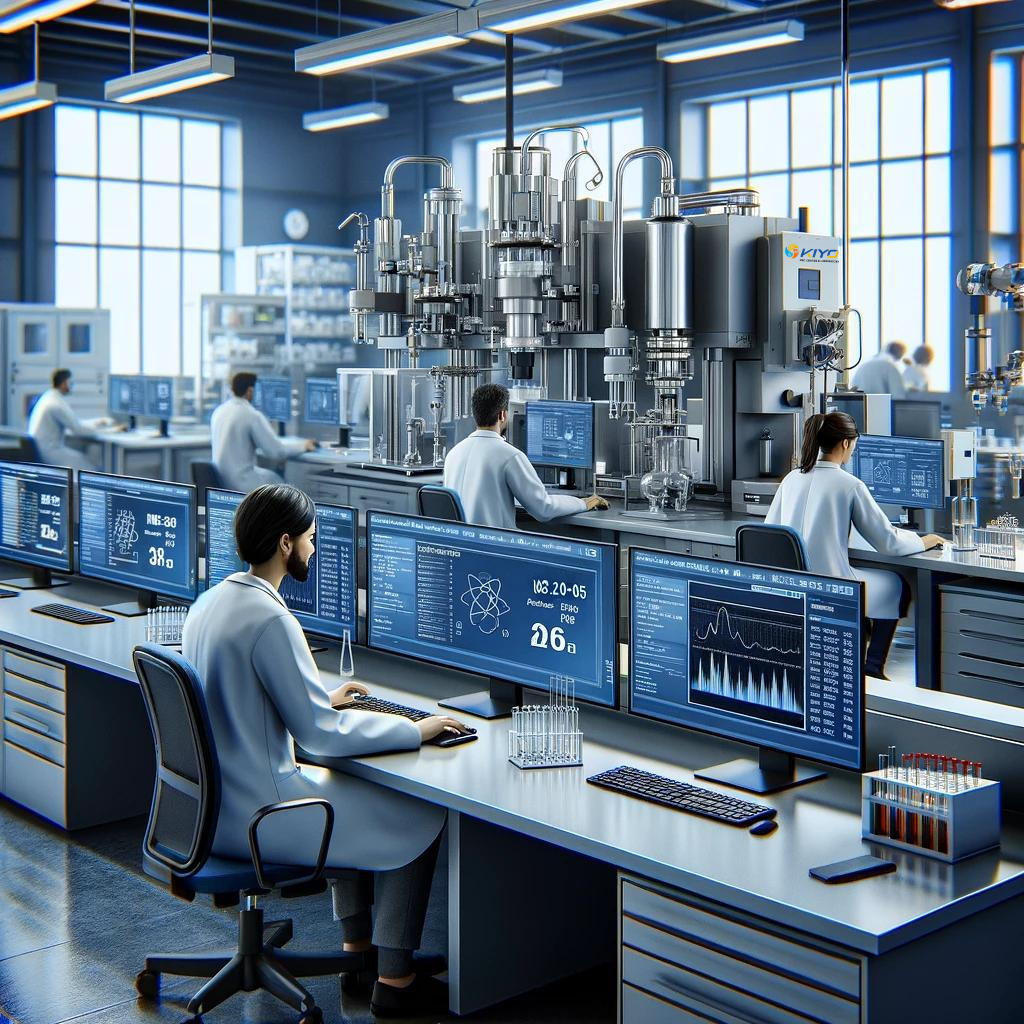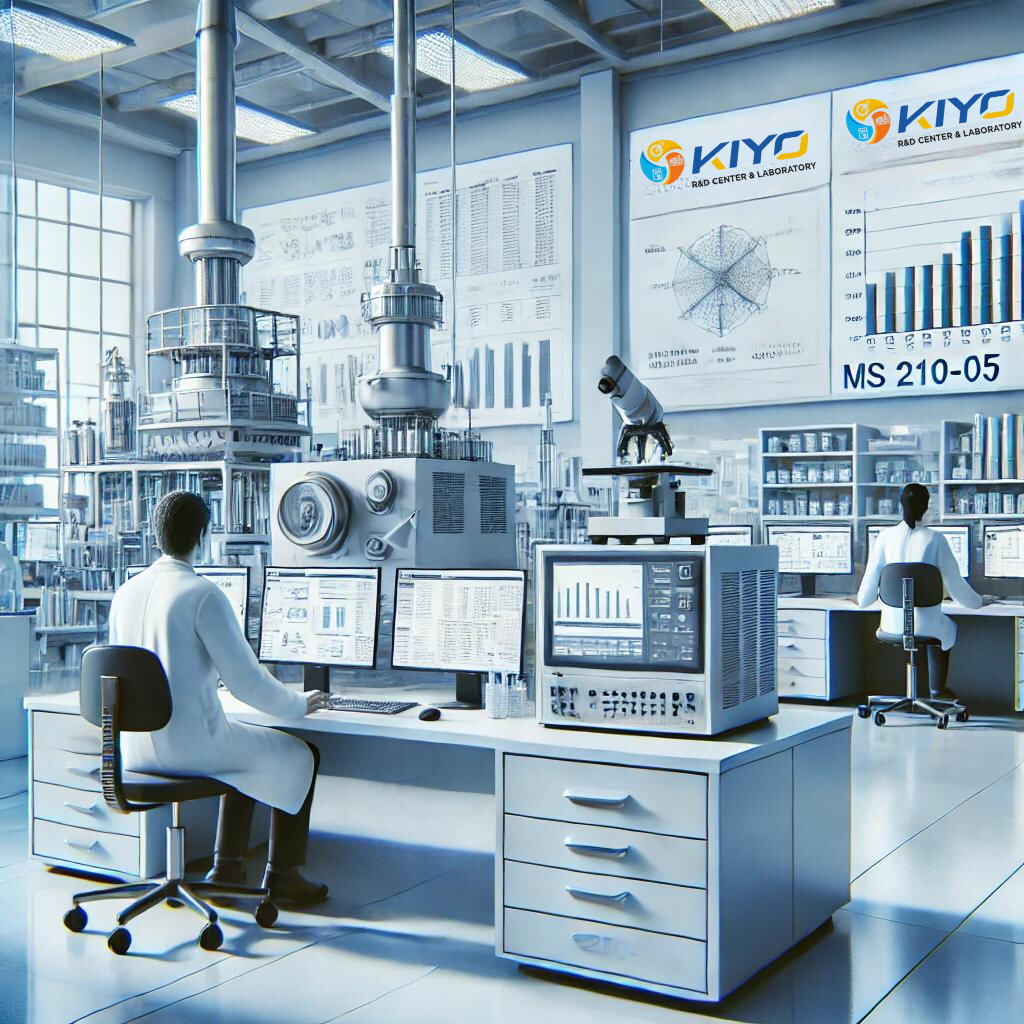Heavy Metal and Hazardous Substance As Per MS 210-05
Ensuring Product Safety and Compliance with MS 210-05: Heavy Metal and Hazardous Substance Testing
Introduction
- In the contemporary manufacturing landscape, product safety and adherence to regulatory standards are paramount. The MS 210-05 standard is a crucial guideline for testing heavy metals and hazardous substances in various materials. This standard is especially significant in industries like electronics, automotive, and consumer goods, where the presence of harmful substances can have severe health and environmental consequences.

Understanding MS 210-05
MS 210-05 is a comprehensive standard designed to ensure that products do not contain dangerous levels of substances such as lead, cadmium, mercury, and hexavalent chromium. These substances are known for their toxicity and potential health risks, making their detection and control vital for ensuring product safety.
The Importance of Testing
Testing for heavy metals and hazardous substances is essential for several reasons:
Health and Safety: The presence of toxic substances in products can lead to severe health issues, including neurological damage, respiratory problems, and cancer. Ensuring that products are free from these harmful substances protects both consumers and workers from potential health hazards.
Regulatory Compliance: Various international regulations, such as the Restriction of Hazardous Substances (RoHS) directive in the European Union, enforce strict limits on hazardous substances in products. Compliance with these regulations is crucial for market access and avoiding legal penalties.
Environmental Protection: Hazardous substances can cause significant environmental damage, contaminating soil, water, and air. Rigorous testing ensures that products are environmentally friendly and sustainable.
Advanced Testing Methods
At Kiyo R&D Center & Laboratory, we employ advanced analytical methods to detect and quantify heavy metals and hazardous substances. Techniques such as Atomic Absorption Spectroscopy (AAS), Inductively Coupled Plasma Mass Spectrometry (ICP-MS), and X-Ray Fluorescence (XRF) Spectroscopy are used to ensure precise and reliable results. These methods are highly sensitive and capable of detecting trace levels of metals, making them ideal for thorough testing.

Our Commitment to Compliance
- Ensuring compliance with MS 210-05 is integral to maintaining product integrity and consumer trust. At Kiyo R&D Center & Laboratory, we are dedicated to assisting manufacturers in meeting these stringent standards. Our state-of-the-art facilities and expert team provide comprehensive testing services, ensuring that your products adhere to the highest safety and environmental standards. By prioritizing heavy metal and hazardous substance testing, companies demonstrate their commitment to quality and responsibility. This not only fosters trust and confidence among consumers and stakeholders but also enhances the marketability and credibility of your products. Compliance with MS 210-05 is not just a regulatory requirement; it’s a commitment to health, safety, and environmental stewardship. Trust Kiyo R&D Center & Laboratory to provide the expertise and reliability you need for all your testing needs.

